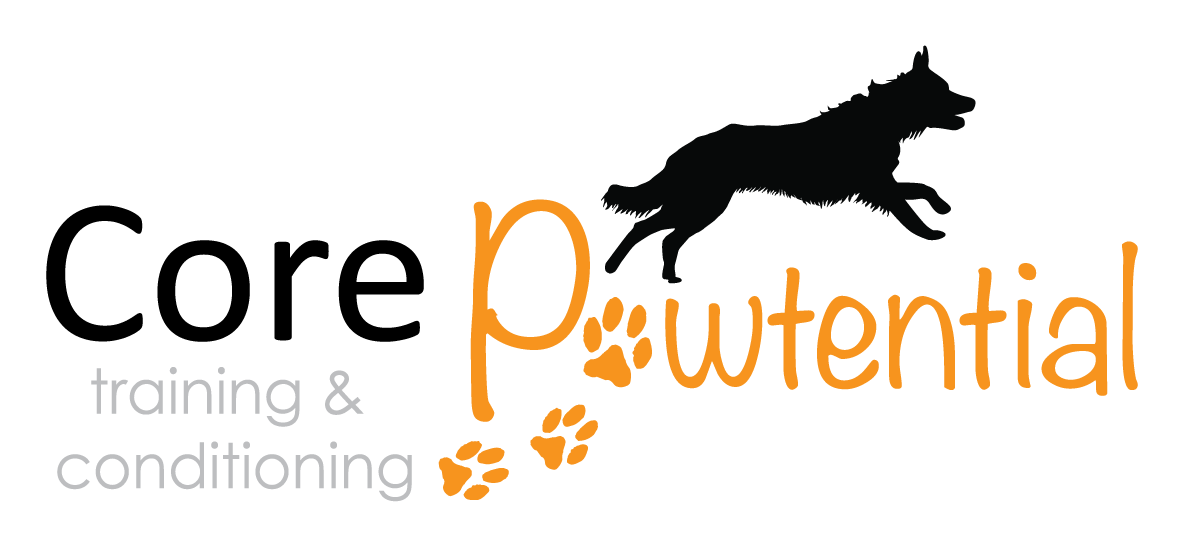Frequently Asked Questions
-
Ideally, the platform should be large enough for the dog to stand square or lie down comfortably.
The goal of this series is to provide examples of the variety of exercises that can be safely and effectively executed with just one platform. It is not necessary to have a platform specifically tailored to your dog’s size.Rather, I would encourage you to make use of the platform you have and determine the exercise(s) that can be executed safely.
-
I prefer the platforms to be no higher than the dog’s carpal (i.e., wrist) for safety reasons.
For some of the exercises (e.g., back feet side stepping), I prefer a lower platform to minimize overextension of the dog’s spine.
-
Every dog is unique, so there is no hard and fast rule for how often you should do these exercises. It is recommended to consult with qualified professionals regarding the frequencies of conditioning exercises for your dog(s).
This is what I usually do for my own dogs. If I am short on time, I might do 2 - 3 exercises a day, for about 1 - 2 minutes each. If I happen to have a busy schedule, I might do 2-3 exercises a day, every other day.
-
Every dog is unique, so there is no hard and fast rule for how long each training session should be.
My rule of thumb is “keep it short and sweet.” I make sure to end the session before the dog gets bored, frustrated, or tired.
Oftentimes, I would recommend a short training session (e.g., 5 minutes) on a regular basis (e.g., 2-3 times a week), rather than a long training session infrequently.
-
The number of repetitions and sets depend on your dog’s characteristics (e.g., age, breed, current physical condition), lifestyle (e.g., working, performance dog), and the goal of your conditioning program.
I discuss more about reps and sets here. I strongly recommend consulting with a qualified professional to determine the number of reps/sets for each exercise for your dog. -
Yes and no.
Technically, we can teach all the exercises listed in this series using one large platform. However, some of the exercises require more precision, which can be easier to teach using other equipment options.
You and your dog will benefit the most from this exercise series if you already have some familiarity with these exercises. -
It depends.
Most dogs can do most of these exercises using the same platform. However, there are exercises in which I may prefer to use a longer platform, or a lower height platform, for safety reasons and/or in consideration of the dog’s structure.
Keep in mind that this series does not aim to do ALL the exercises using one platform. Rather, the goal is to showcase the possibilities when limited equipment is available. Setup adaptions should always be made in accordance to the dog’s structure, current physical condition, and abilities. -
I understand that it can be challenging to find a single platform that is long/large enough, especially if you have a large breed dog.
However, some of the exercises in this series make use of part of the platform, which means that we can still effectively work on these exercises using a smaller platform.
Take a look at the Platform requirements section in each exercise to see whether the platform you have is sufficient for the corresponding exercise. -
Nope! Although some exercises build upon each other (e.g., front feet side stepping requires the dog knows front feet up first), the dog does not have to master one exercise before moving on to the next.
In fact, I often do 2-3 different exercises in one training sessions to keep things interesting.
-
Not really. :)
The exercises in this series are only meant to demonstrate the variety of exercises that we CAN do if we have limited equipment options. These exercises can also be great options when we are short on time.
An ideal canine conditioning plan should take into account your dog’s characteristics, the handler’s resource, and the goals for your dog. It is strongly recommended to work with a qualified professional to design a conditioning program that works best for you and your canine companion. -
The exercises in this series are intended for educational purposes only and should not be used as a substitute for professional advice.
Dogs who are recovering from injuries should seek advice from professional veterinarian care team. Handlers with dogs recovering from injuries should not attempt these exercises without guidance from professional veterinarian care team.

